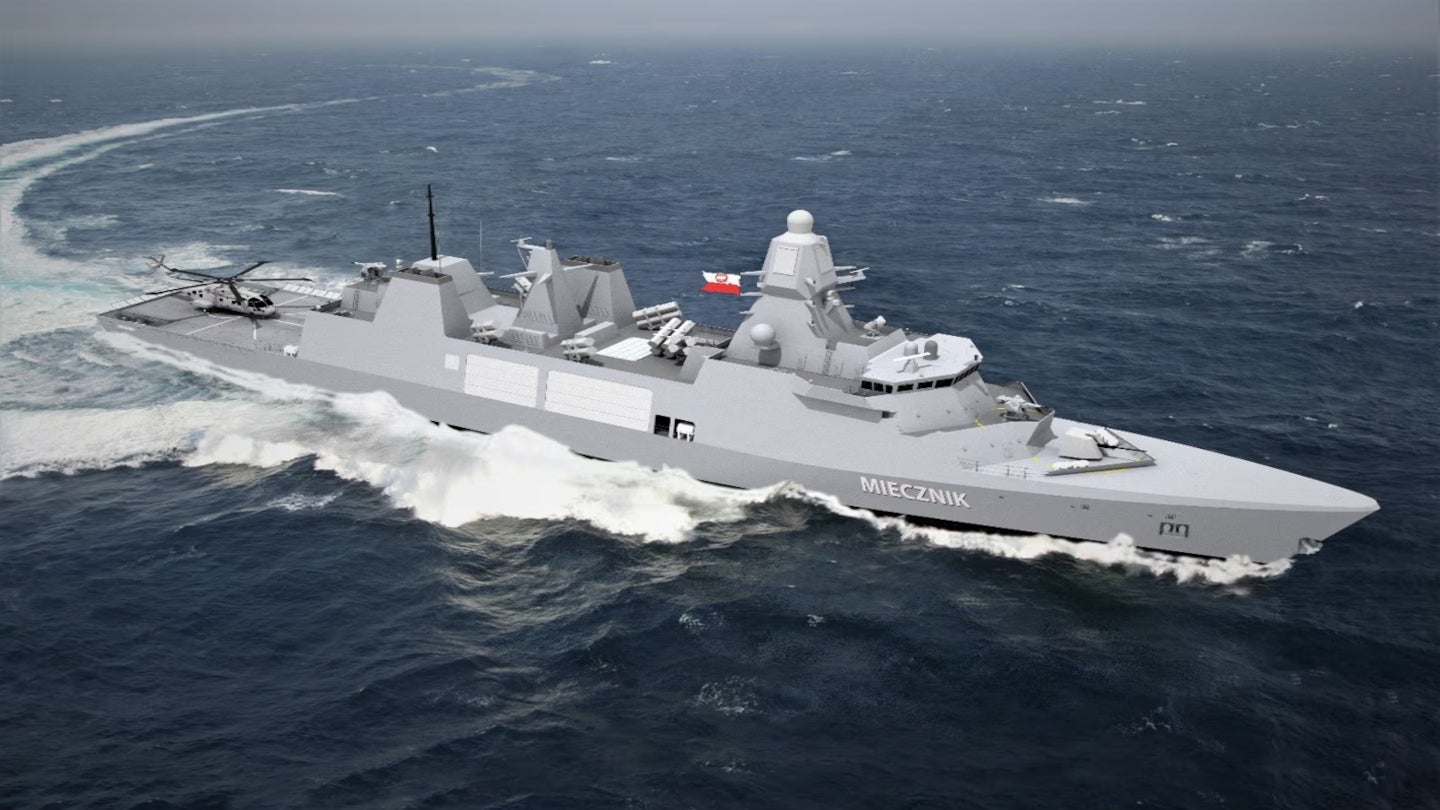Colin Parkinson
Army.ca Myth
- Reaction score
- 13,040
- Points
- 1,160
As previously mentioned the difference between a Type 26 and 31Interesting update on UK/ RN frigate construction - 7 ships currently being built in Scotland.

Now seven Royal Navy frigates being built in Scotland
The recent steel-cutting ceremony for HMS Formidable, the third Type 31 frigate, is especially significant as the programme to build 13 frigates on Scotland is now over halfway.ukdefencejournal.org.uk

The Type 26 Frigate – where even the plumbing is quiet
Acoustic performance, hiding sound, is a critical factor in anti-submarine operations. The Type 26 Frigate takes this to a new level.
 ukdefencejournal.org.uk
ukdefencejournal.org.uk









